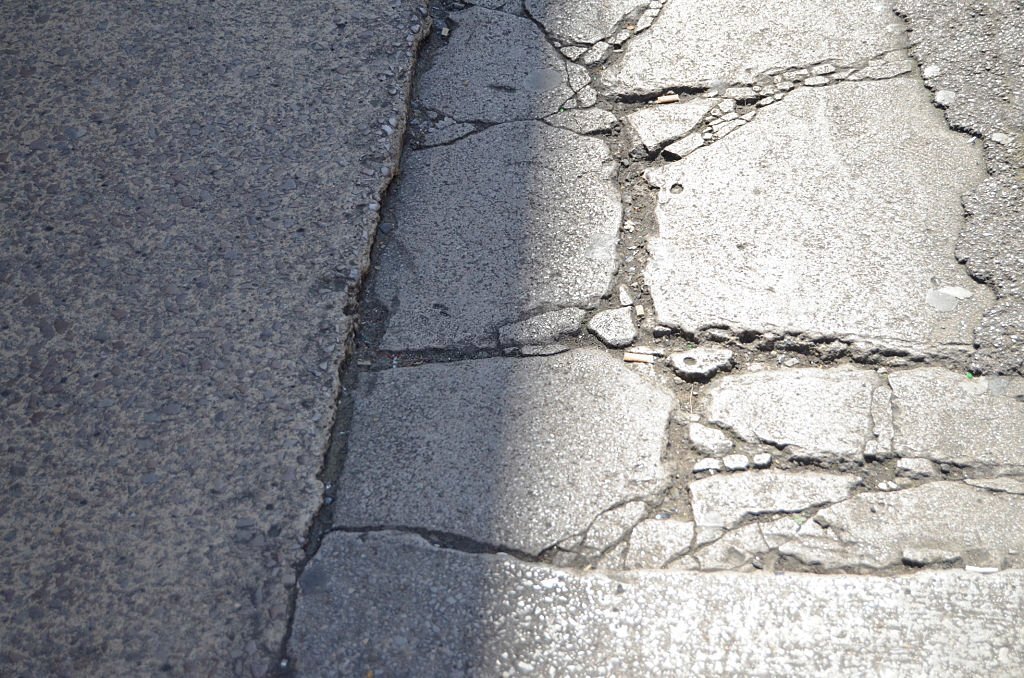Concrete resurfacing is a great way to update the look of your home, both inside and out. But is it something that the average homeowner can tackle? Concrete resurfacing can be a time-consuming and labor-intensive project and requires knowledge of the right materials and techniques if it’s going to be done correctly. But with the right guidance and preparation, it could be a great DIY project that saves you money while giving you a sense of accomplishment.

Pros And Cons Of Diy Concrete Resurfacing
Doing concrete resurfacing yourself can be an attractive option, saving you money and giving you the satisfaction of doing it yourself. However, there are some important considerations to bear in mind before taking on a DIY project. You’ll need to make sure that you have the right equipment and materials for the job, as well as the skills and experience required to complete it safely and effectively. It’s also important to factor in any potential costs associated with hiring tools or buying specialized supplies, not just the cost of materials. If something goes wrong during the process, you may also be liable for additional costs due to repairs or replacements. Ultimately, it’s best to weigh up all your options before deciding whether DIY is feasible in your situation.
The Right Materials And Techniques
When considering the pros and cons of DIY concrete resurfacing, one must also consider the right materials and techniques needed to successfully complete the project. It is important to understand that concrete resurfacing is not a suitable DIY project for everyone, as it involves working with large quantities of cement. For those who can handle the challenge, they should be aware that they will need to use specific types of tools and equipment in order to achieve a professional-looking finish.
The most important part of any DIY concrete resurfacing project is making sure that all surfaces are properly prepared before beginning work. This means cleaning them thoroughly, removing any loose debris, and smoothing out any irregularities in the surface.
Once this is done, the next step is to fill any cracks or holes with an appropriate filler material, such as epoxy or sanded grout. After this has been completed, it’s then time to apply a primer coat before applying a new layer of concrete over the original surface.
When selecting concrete for this job, make sure it’s formulated for outdoor use and has been specifically designed for resurfacing projects. Following these steps will ensure that you get a professional-looking finish every time.
Preparing For The Project
Preparing for a concrete resurfacing project is not only a matter of getting the right materials but also understanding the scope of the job ahead. It’s important to take into account any challenges that lie within the project and consider how you will tackle them. Before starting a DIY concrete resurfacing project, create a plan and think through each step. Gather all the necessary supplies and equipment, such as gloves, respirators, safety goggles, concrete cleaners, chemical additives, trowels, brushes, and more.
If you’re not sure what type of products are best suited for your project, consult with a local home improvement store or an expert in the field. With careful preparation and planning, you can be confident that your concrete resurfacing project will turn out just as you imagined it! Concrete resurfacing can be a great DIY project if you have the right materials and techniques. However, it is important to do your research and make sure you are properly prepared for the job.
With proper preparation and the right tools, you can successfully resurface your concrete and save some money in the process. Just remember to take all safety precautions seriously; after all, this isn’t a project you want to mess up. So, if you’re up for the challenge and willing to put in the work, DIY concrete resurfacing can be a rewarding project that yields great results!